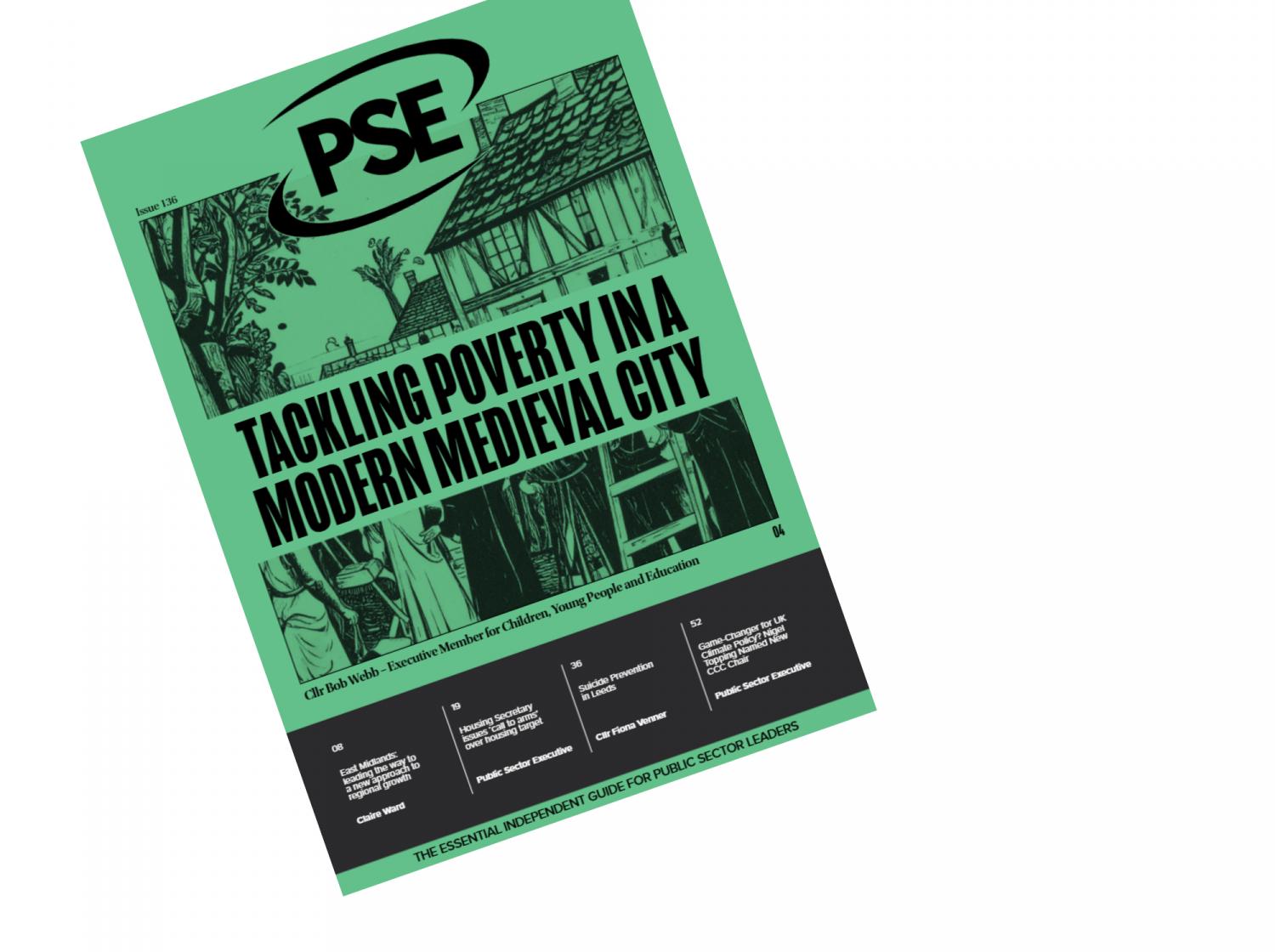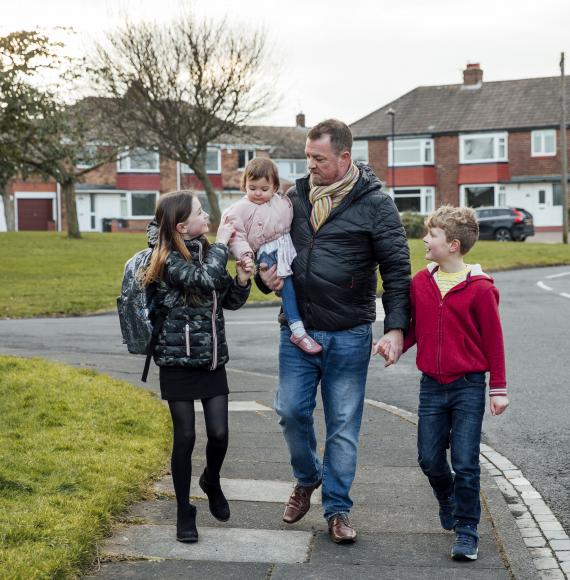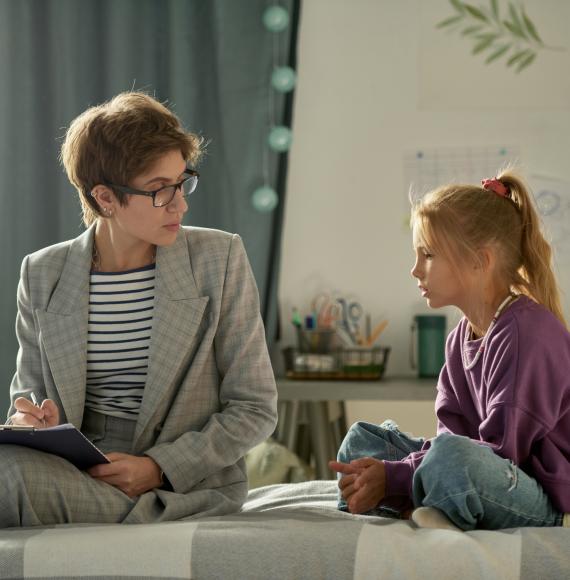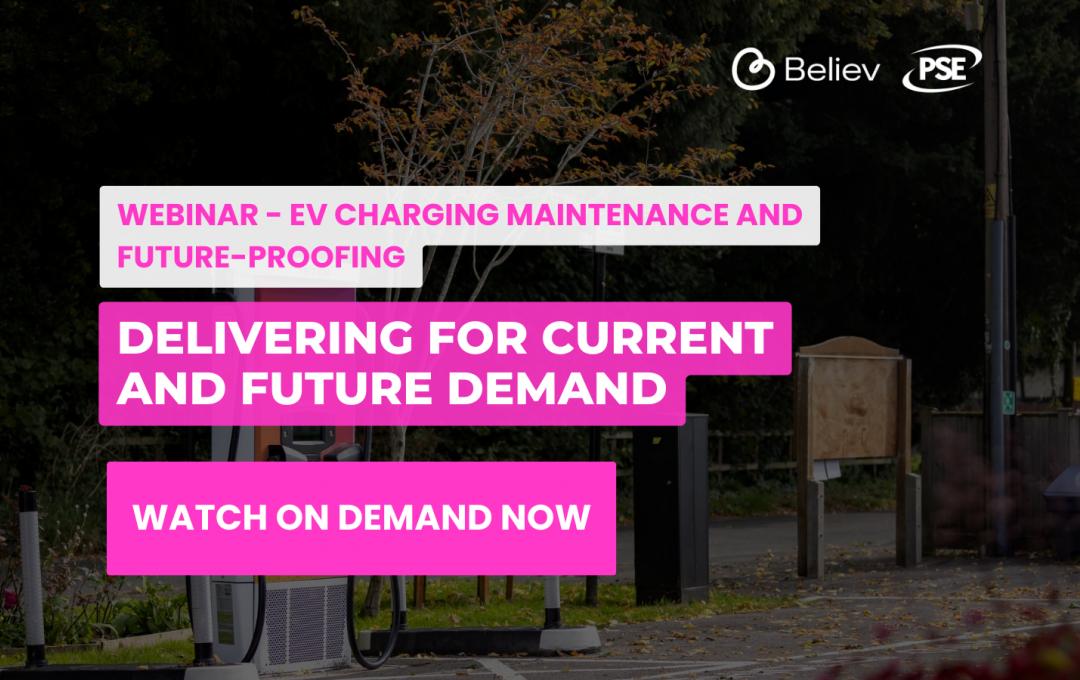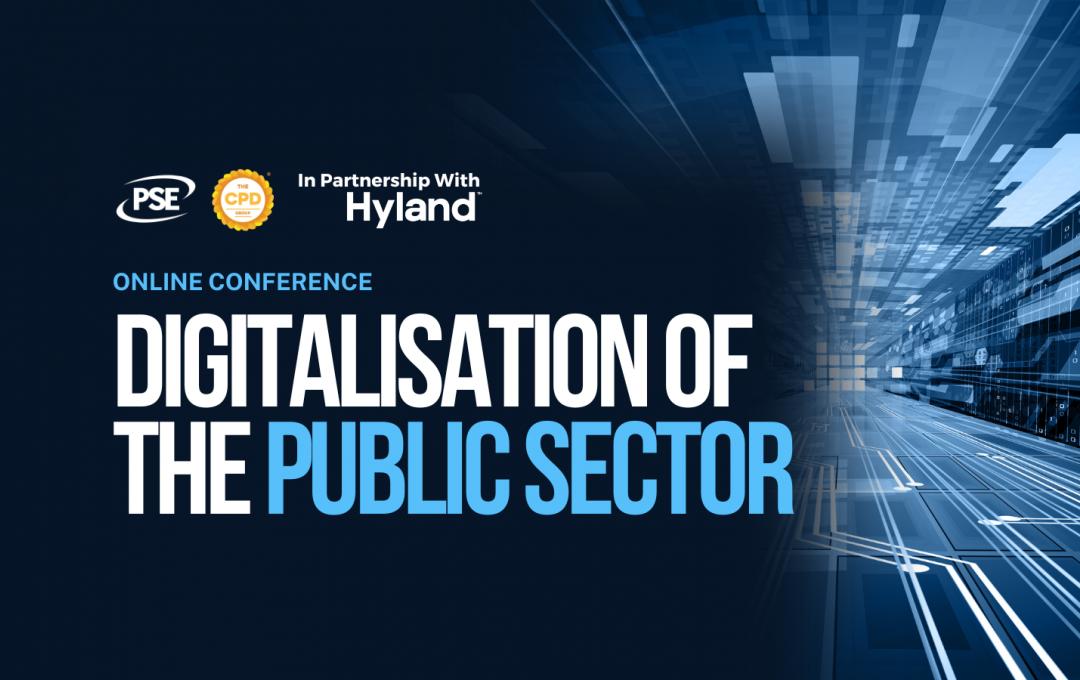We live in a diverse world. Naturally, the way we each communicate is also diverse. All of us have our own way of thinking, understanding and expressing ourselves. For some, how they communicate isn’t through personal choice, but a result of personal needs. Inclusive communication recognises this. For every organisation, it should be part of their DNA.
At Texthelp, it’s at the heart of our whole organisation. In fact, it’s our core purpose. I’ll explain why.
The important discovery of a 12 year old
Let me take you back a few years. When I was 12 years old, my father had a severe stroke. He lost the ability to speak. He found it difficult to read and communicate. He was unable to express himself, and I could see that he was incredibly frustrated. As you can imagine, at that formative age, it impacted me deeply. But it also led to a lot of personal growth. It’s when I learned first-hand about some of the barriers that can exist in the world.
At that time assistive technology was not broadly available - in fact in those days most written communication was on paper. My dad couldn’t access information or services without help. Until then he was a driven and independent man, and I know he did not enjoy having to depend on others for communication, and often people were making assumptions about what he wanted to say.

I believe that to be able to live with as much independence as possible is something we all deserve. I decided to make it my mission to make a change, and I thought that technology held the answer. In 1996, I founded Texthelp and my vision came to life.
Fast forward 25 years. Today, I’m proud to say that Texthelp is helping over 50 million people to understand and be understood. With assistive technology, we’re helping organisations to embrace inclusive communication both inside and outside the office. But what does this look like?
Inclusive communication matters, for all your audiences
Inclusive communication is about sharing information in a way that everyone can understand. That includes people with sensory, cognitive, literacy or language challenges. For organisations, everyone should be able to access your information and services. All your employees and all your current and potential future customers. Inclusive communication covers all channels of communication too - from physical materials to digital content.
According to the World Health Organisation (WHO), there are over one billion people who live with a disability. Of those, 285 million people are living with sight loss and visual impairments. One in seven people have a neurodiverse condition such as Autism, ADHD or Dyslexia. In the UK, the average reading age is just 9 years old.
Communicating inclusively to all these people means you need to make your content accessible. That may mean providing information in multiple ways, so people have a choice in how they take it in. If you have a website for example, you need to include alternative text on all your images. That way, someone who can't see can still access your visual content. You need to include subtitles on your videos. That way, someone who can’t hear can still enjoy and learn from your videos.

Inclusive communication is also about making sure your content is easy to read and understand. If you use difficult words and long sentences, it is hard for people who struggle with reading and cognitive load. Writing in a way that’s simple, short and clear can help. It can also help to include images alongside text, to aid understanding. There are many ways you can communicate inclusively, and lots of reasons why you should.
At Texthelp, we created our own software to help all our staff communicate more inclusively. This year, we launched it as a product to help other organisations do the same. With ReachDeck, we hope to help a wide range of industries to improve the accessibility and readability of their content.
By prioritising inclusive communication, you’ll be helping to create a world where difference, disability and language are no longer barriers. That is the future I want us to build together.
Inclusive communication in the world of work
Too often, we learn from our product users that their working journey hasn’t been an easy one.
From their experiences we can see that a lot of it comes down to a lack of inclusive communication. In the modern workplace, most of the information we receive is in the written format. We access everything from emails to web pages and PDFs.
We respond with typed communication. But this doesn’t suit everybody. A lot of the time we do not consider this wider audience. In fact, it’s obvious from the available research.
Just 1 in 10 organisations say that they consider neurodiversity in their people management practices. Yet, in the western adult population, 10% are dyslexic. If you’re an employer, it’s likely that a percentage of your employees have dyslexia.
Unfortunately for many, their story includes career difficulties because their condition is misunderstood and not supported. That is until they’ve met a manager that understands, and they’re introduced to assistive technology. It’s as simple as that - a little support can make a world of difference.
Our software Read&Write for Work helps employees to consume information in the way that suits them best. It also helps them to finish tasks in their preferred way. For example, they can choose to speak rather than type information, and watch as the words appear on screen.
Assistive technology can have a huge impact on making communication more inclusive. I feel incredibly fortunate to be able to do what I can do. It’s very rewarding to see our products make an impact on individual lives. That’s why at Texthelp, we work hard to bring as many organisations with us as we can. Sharing our ability to make a difference is important to us, especially in the world of work.
Looking to the future
As I look ahead, I hope that assistive technology will be more widely appreciated and accepted as a work aid. I hope that more organisations will embrace inclusive communication and realise that technology can help them on their way.
At Texthelp, we’ve recently released a roadmap to help us continue making a positive impact on accessibility and inclusion. We’ve got very ambitious goals ahead as we try to reach more people and make an impact that lasts forever. By 2030, we want to have advanced the literacy and understanding of one billion people. I know that we can do it too. As my father taught me, we must work hard for what we want to achieve and never ever give up.
I hope I’ve been able to inspire you in some way and wish you luck on your journey as an inclusive organisation. Remember that by making the world easier for people with disabilities, you make it easier for everyone.



